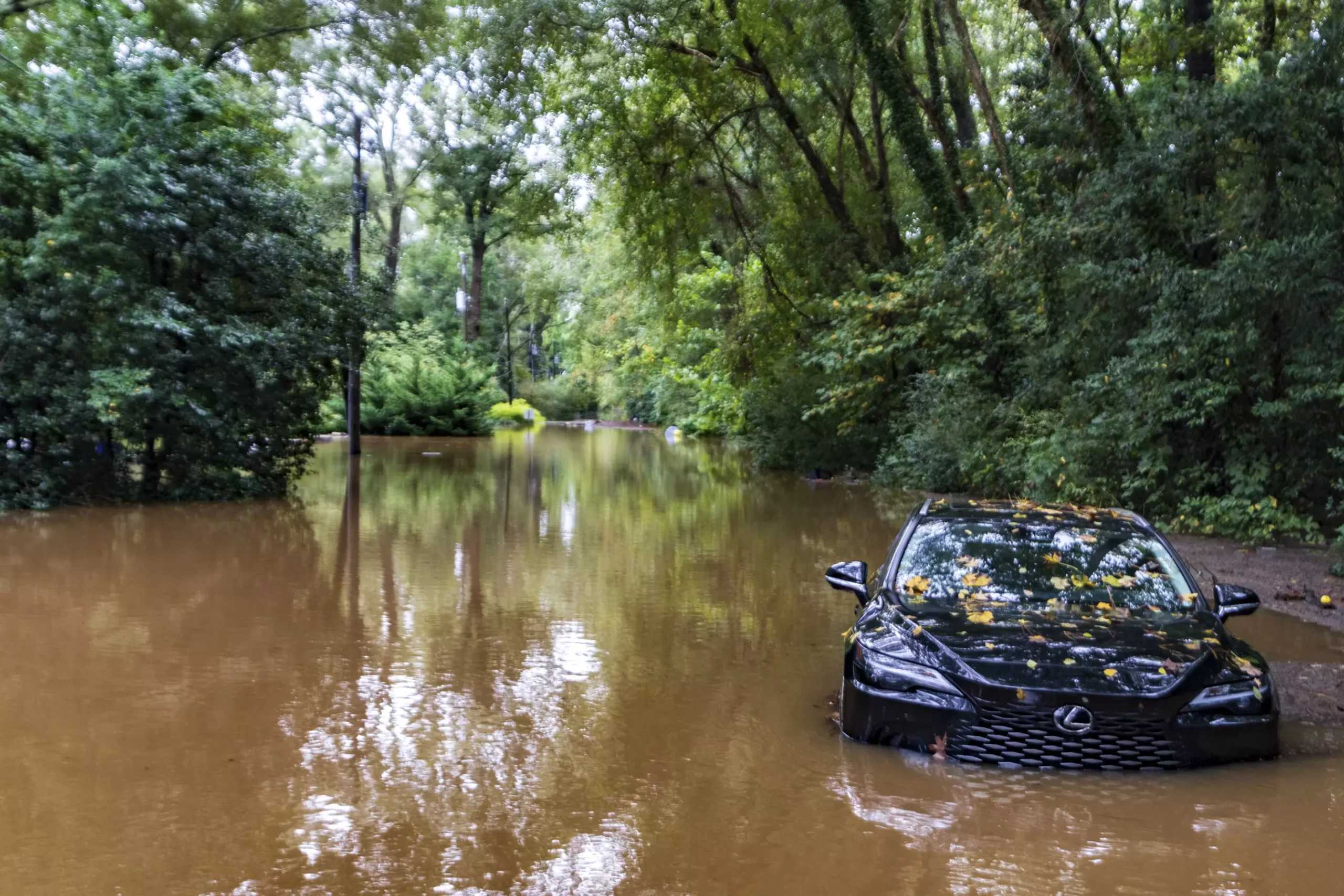In recent years, the rise in electric vehicle (EV) popularity has prompted discussions surrounding their safety during extreme weather events like hurricanes. Significant attention is required for both potential flooding and the specific challenges posed by saltwater exposure. For those residing in coastal regions prone to such storms, proactive measures can help shield their vehicles from damage. This article delves into the risks associated with EVs in flooded conditions, preventative steps owners can take, and insights into the ongoing research addressing these hazards.
Understanding the Risks of Electric Vehicles During Flooding
Electric vehicles, particularly those powered by lithium-ion batteries, can face unique challenges when inundated with saltwater. These challenges are not merely hypothetical; history has shown that such situations can lead to significant hazards, including vehicle fires. When saltwater interacts with battery components, it can create a pathway for electrical shorts, igniting dangerous thermal runaway reactions. These occur when heat spreads uncontrollably within the battery cells, potentially leading to fire even after the flood waters recede.
The situation becomes further complicated in the aftermath of storms like Hurricane Ian or Hurricane Helene, where compromised vehicle batteries posed risks not immediately obvious to owners. These incidents highlight the need for awareness among EV users, particularly as storms continue to impact coastal regions with increasing severity.
In anticipation of severe weather, electric vehicle owners must take the initiative to protect their investments. Florida Governor Ron DeSantis recently urged residents to move their vehicles to elevated areas ahead of Hurricane Helene, emphasizing the importance of avoiding low-lying zones prone to flooding.
Positioning vehicles on higher ground can significantly reduce risks associated with standing water and salt exposure. Furthermore, ensuring vehicles are adequately charged prior to a storm can grant owners the flexibility needed in case of power outages. Charge levels act as a crucial buffer, allowing for extended mobility when gas stations may also be rendered inoperable due to electricity loss.
In extreme cases where saltwater may have already breached the vehicle’s defenses, the manufacturer Tesla offers critical guidance: a vehicle submerged in saltwater should be towed at least 50 feet away from any structures or other combustible materials for safety inspections. Such protocols serve to mitigate potential fires and ensure thorough evaluations by qualified technicians.
Following flooding events, it is vital for EV owners to have their vehicles inspected even after waters have receded. Salt residue can linger long after flood conditions have improved, creating ongoing risks for electrical shorts. This residual salt can provoke reactions that weren’t immediately visible when the vehicle was initially submerged, leading to fires without warning.
While not all vehicles that experience flooding will inevitably ignite, taking preventive precautions and having them checked by professionals can save owners from devastating losses. The importance of monitoring vehicle conditions cannot be overstated, especially considering the valuable nature of electric vehicles, which often come with substantial investments attached.
Government entities like the National Highway Traffic Safety Administration (NHTSA) are actively researching these issues to determine the frequency and conditions under which electric vehicles may be most susceptible to damage or ignition during storms. Their studies have revealed that while incidents of battery fires are serious, they constitute a relatively rare occurrence in the broader context of electric vehicle ownership.
Increasing awareness of these risks is crucial—not only for vehicle owners but also for policymaking and safety regulations surrounding battery technology. Potential updates to safety standards could emphasize enhanced moisture barriers and improved battery venting methods, aiming specifically to mitigate the vulnerabilities associated with severe weather events.
As climate change continues to foster more frequent extreme weather conditions, electric vehicle owners must remain vigilant about the unique threats faced during such times. By taking proactive measures such as gauging charge levels, relocating vehicles to safer areas, and ensuring proper inspections post-flooding, owners can significantly reduce their risk of encountering devastating damages.
The risks associated with electric vehicles in flood-prone areas are real and require immediate attention. By fostering a culture of preparedness and increased understanding of these risks, both car owners and manufacturers can begin to navigate this evolving landscape with a sense of security and informed readiness. Ultimately, ensuring the safety of electric vehicles during storms is as much about communal awareness as it is about individual responsibility.


Leave a Reply